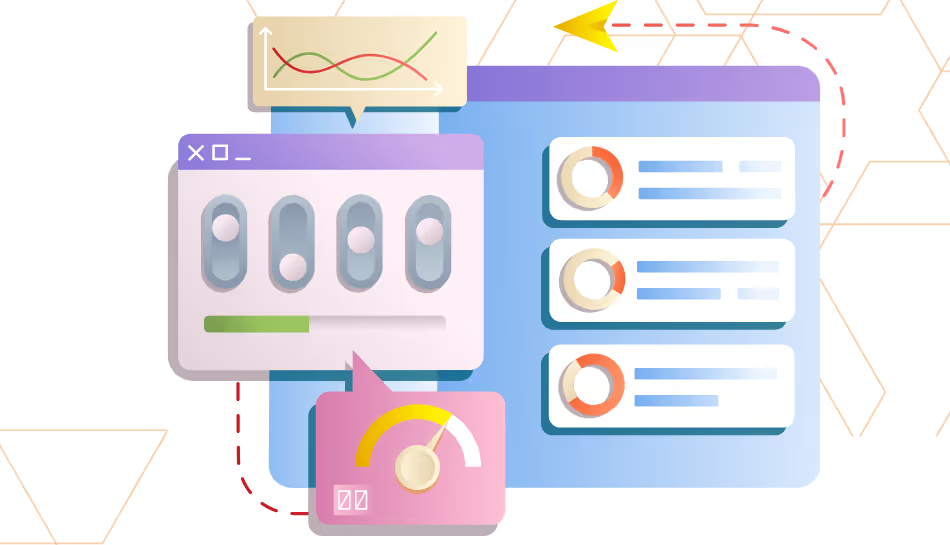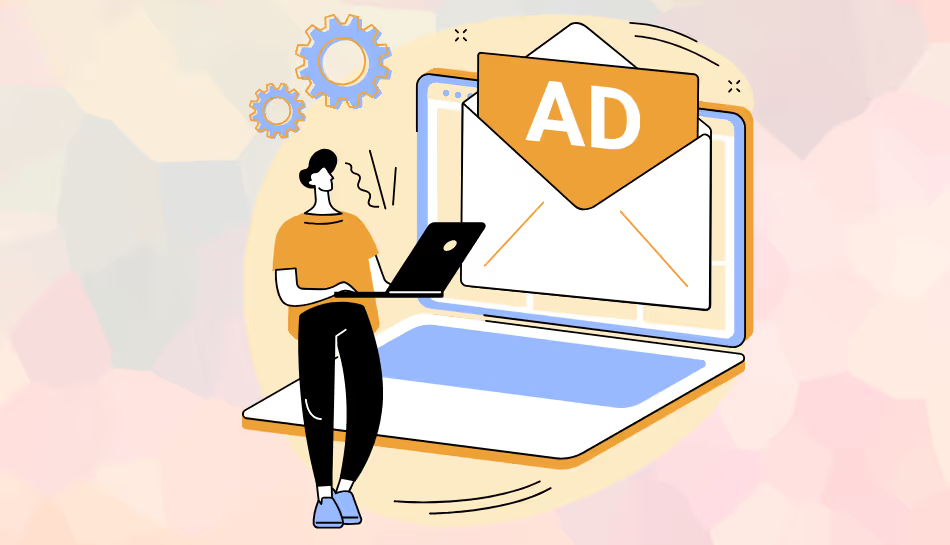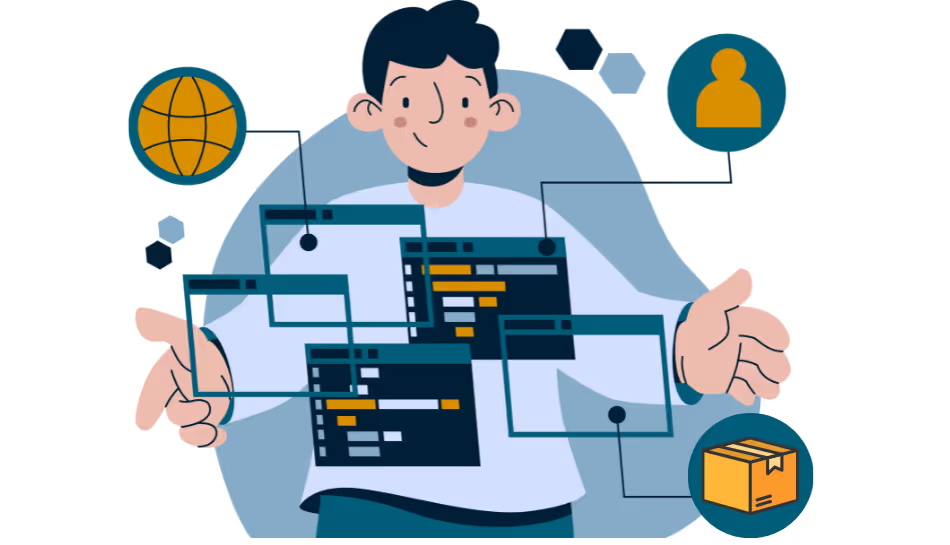
In finance, speed and precision matter. Companies can no longer depend on monthly reports or spreadsheets to have a grasp of their financial situation. Decision-makers now require immediate visibility into cash flow, spending, and profitability. Real-time financial dashboards fill that need, a versatile capability of contemporary accounting software that revolutionizes the way firms keep track of and control their finances.
A financial dashboard in accounting software is an up-to-the-minute window into your firm's financial performance. It aggregates data from various sources, instantly analyzing it and presenting essential metrics in quick-to-consume visual formats such as charts, graphs, and indicators. Let us see how these dashboards operate, what their main features are, and why real-time financial reporting has become an indispensable aspect of contemporary business.
What Are Real-Time Financial Dashboards?
Real-time financial dashboards are interactive software in accounting packages that monitor and show current financials in real time. Rather than waiting for manual update or end-of-month reports, users are able to see the latest figures on revenue, cash flow, and expenses in an instant.
These dashboards utilize data integration to bring information from multiple systems, including sales, payroll, and inventory, and display it in a single view. This allows business owners and financial teams to make quicker, data-informed decisions.
Why Real-Time Reporting in Finance Matters
Finance is the backbone of every organization, and timely insights can make the difference between profit and loss. Real-time reporting in finance provides instant updates on your company’s performance, enabling proactive decision-making.
For example, if a business experiences a sudden decline in cash flows or increasing costs, the dashboard immediately indicates it. The finance team can react promptly rather than relying on end-quarter reports. Such responsiveness makes businesses flexible and competitive.
Key Features of Accounting Dashboard Software
Contemporary accounting dashboard software is designed to ease financial analysis while enhancing accuracy. The following are some fundamental features that make these dashboards priceless:
- Real-Time Data Integration
The dashboard automatically updates data from linked systems, making all of the financial amounts accurate and up-to-date. Be it a new invoice, payment received, or updated expense, the update is provided in real-time. - Customizable Views
Each company has its own reporting requirements. Power dashboards enable users to customize what they want to see, for example, revenue streams, departmental expenses, or open receivables, so it is simple to concentrate on the critical metrics. - Financial KPI Dashboards
Financial KPI dashboards show essential performance indicators such as profit margins, liquidity ratios, and operating costs. These KPIs provide management with an instant appreciation of how the firm is doing in relation to its financial objectives. - Interactive Charts and Reports
Heat maps, graphs, and charts simplify complicated data. Users are able to drill down into particular details, including transactions or departments, right from the dashboard. - Alerts and Notifications
Automated notifications alert users about key events, including low cash levels or late payments. This assists finance teams to respond promptly to avoid potential issues. - Real-Time Cash Flow Dashboard
A real-time cash flow dashboard provides companies immediate visibility into their liquidity. It monitors inflows and outflows of funds, enabling teams to control spending and have good cash buffers. It is most beneficial for recognizing shortages of cash before they get out of control.
Advantages of Real-Time Financial Dashboards
The incorporation of dashboards in accounting software provides several business advantages:
- Quicker Decision Making: Managers can immediately act on real-time data.
- Increased Accuracy: Automated data collection reduces human error.
- Greater Visibility: Clean, centralized financial health picture across all departments.
- Time Saving: Eliminates manual report generation.
- Strategic Planning: Real-time data flow enhances forecasting and budgeting decisions.
Final Thoughts
Static reports are no longer sufficient in today's fast business world. Firms require real-time financial dashboards to track performance, predict problems, and grab opportunities right away.
Through the use of cutting-edge accounting dashboard software functionality such as live data integration, KPIs that can be tailored, and real-time visualization, finance teams have the speed and clarity they require to stay ahead.
At the end of the day, a real-time cash flow dashboard and other live financial dashboards don't show merely numbers, but depict the story of your business in action, enabling smarter and faster financial decisions on a daily basis.

